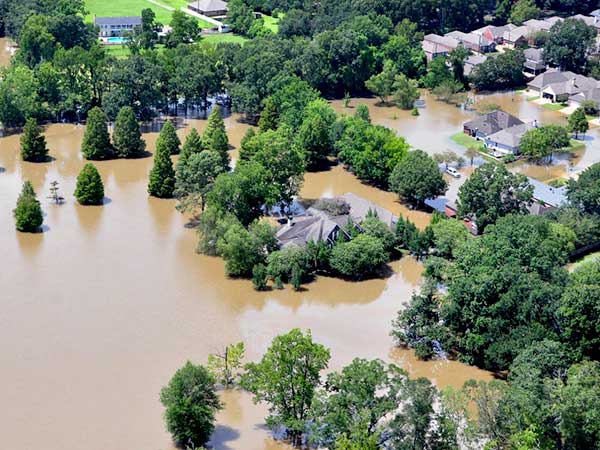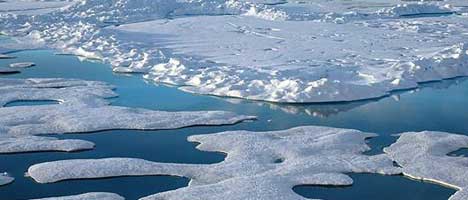Weather and Climate Extremes
GFDL scientists strive to improve the understanding and prediction of weather and climate extremes. Their work encompasses a range of problems and time scales: from five-day model predictions of hurricane track and intensity, to understanding the causes of changes in extremes over the past century, to building new climate prediction models for seamless predictions out to the next several years, to earth system model projections of human-caused changes in various extremes (heat waves, hurricanes, droughts, etc.) over the coming century.
Hurricanes
The Geophysical Fluid Dynamics Laboratory (GFDL) has developed and uses atmospheric and climate models for improving the understanding and prediction of hurricane behavior. The Hurricane Prediction System forecasts the movement and intensity of hurricanes, while global and regional climate models simulate the influence on hurricane activity of various atmospheric and oceanic processes, including climate change and variability. These findings from GFDL research projects are cited in several major climate assessment reports.
Heat Stress and Temperature Extremes

GFDL scientists strive to improve the understanding and prediction of weather and climate extremes. Their work encompasses a range of problems and time scales: from five-day model predictions of hurricane track and intensity, to understanding the causes of changes in extremes over the past century, to building new climate prediction models for seamless predictions out to the next several years, to earth system model projections of human-caused changes in various extremes (heat waves, hurricanes, droughts, etc.) over the coming century.
Drought
Droughts can have extreme impacts on agriculture and other human activities. How will ongoing climate change affect drought risks? These and other crucial water resource issues are being addressed by GFDL scientists in collaboration with scientists from the United States Geological Survey and Princeton University.
Flooding & Extreme Precipitation

Possible increases in riverine or stream flood risk and in extreme precipitation are two major concerns about future climate warming. These concerns arise from both projected increases in average precipitation minus evaporation in a number of regions, and from projected increases in precipitation extremes. Increases in extreme precipitation, which are expected as a consequence of increased atmospheric water vapor in a warmer climate, have been detected and attributed to anthropogenic forcing in at least one study to date. Sea level rise associated with future climate warming is expected to contribute toward increasing the risk of extreme coastal flooding events, although the full change in risk will depend also on other factors such as changes in the coastal storm climate and infrastructure.
Climate Model Downscaling
Global Climate Models (GCMs) continue to yield important scientific insights into the dynamics and evolution of the climate system on time scales ranging from months to centuries. Outputs from GCMs have also played a key role in informing diverse assessments of the impact of large-scale climate variation and change on natural resources, human health, infrastructure and commerce. Raw GCM output, however, is not always adequate to address the inter-disciplinary questions of interest to stakeholders. Two primary impediments to impacts studies are the spatial scales represented by the GCM may not be as fine as the end-use application requires, and the GCM raw output is deemed to contain biases relative to observational data, which preclude its direct use in downstream applications.
Arctic Sea Ice Trends and Extremes

Arctic sea ice cover has declined sharply over the past three decades according to satellite observations. This change has many impacts on Arctic ecosystems and human operations in the Arctic Ocean. Climate models also show a decline, but have difficulty accounting for the magnitude of the observed changes. The same anthropogenic forcings that are involved in global warming are implicated, but natural variability may also play a role. Distinguishing these factors is important for predicting the future of the Arctic ice because anthropogenic warming is expected to continue increasing, further diminishing the ice cover, but natural variability influences will not persist.


